
DISCUSS:
What do you think this belongs to?
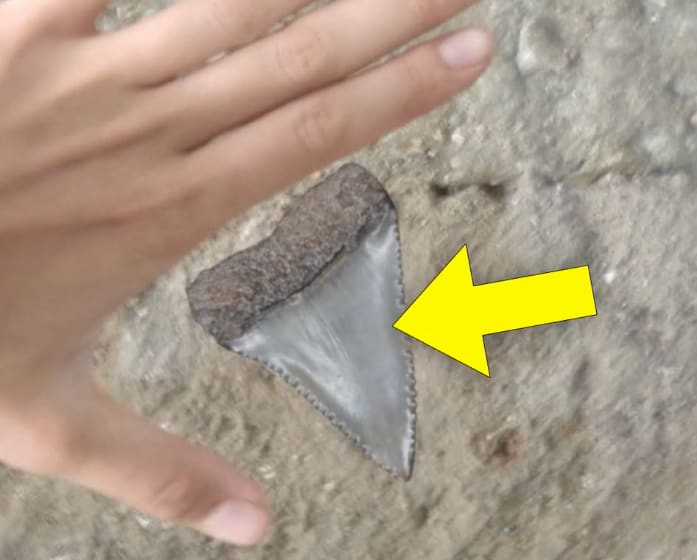

DISCUSS:
So far, Doug has found fossil seashells and a fossil shark tooth. What other fossils do you think Doug would find in the quarry?



















DISCUSS:
Do you think habitats have changed in other parts of the world besides Illinois? How could you find out?


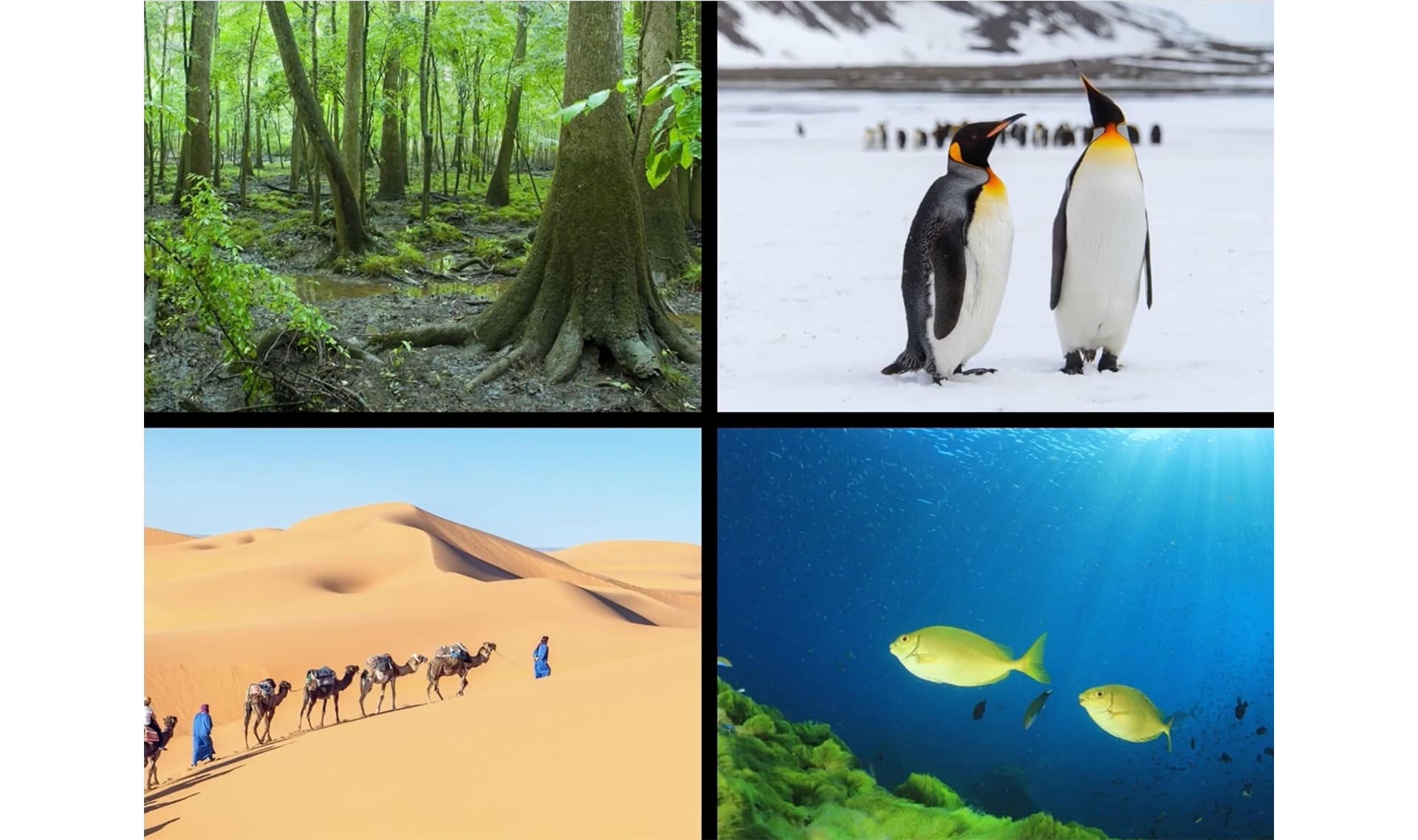
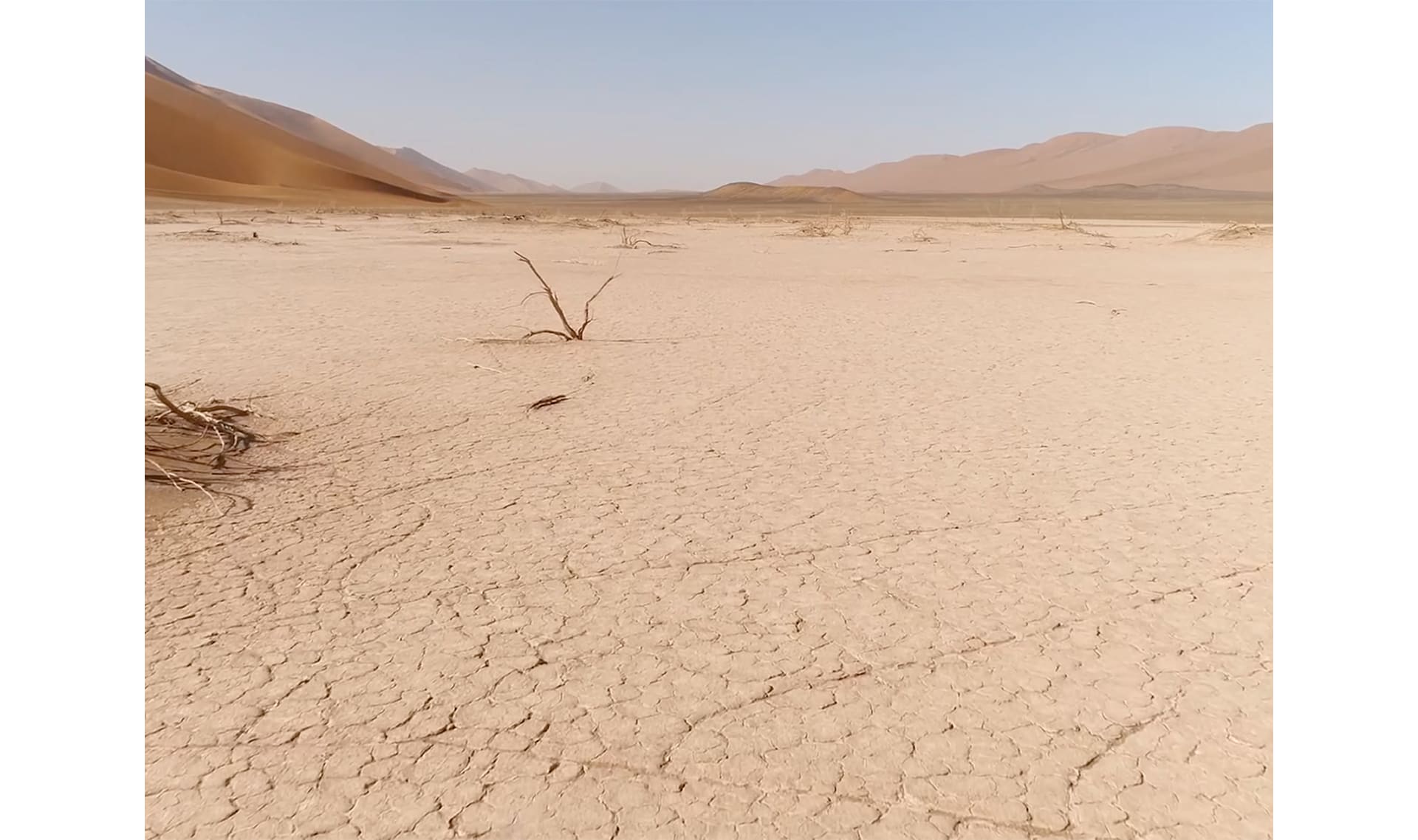
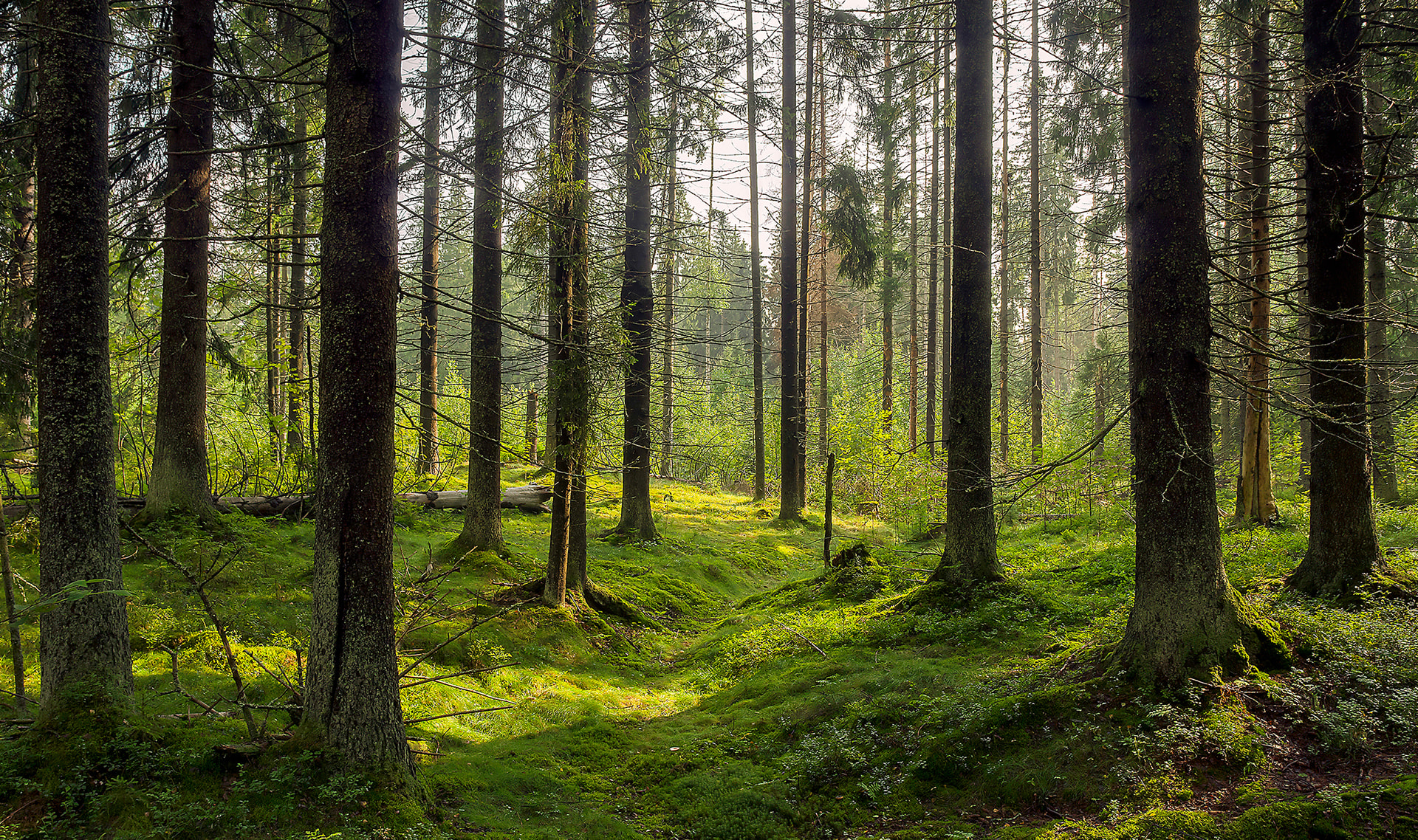

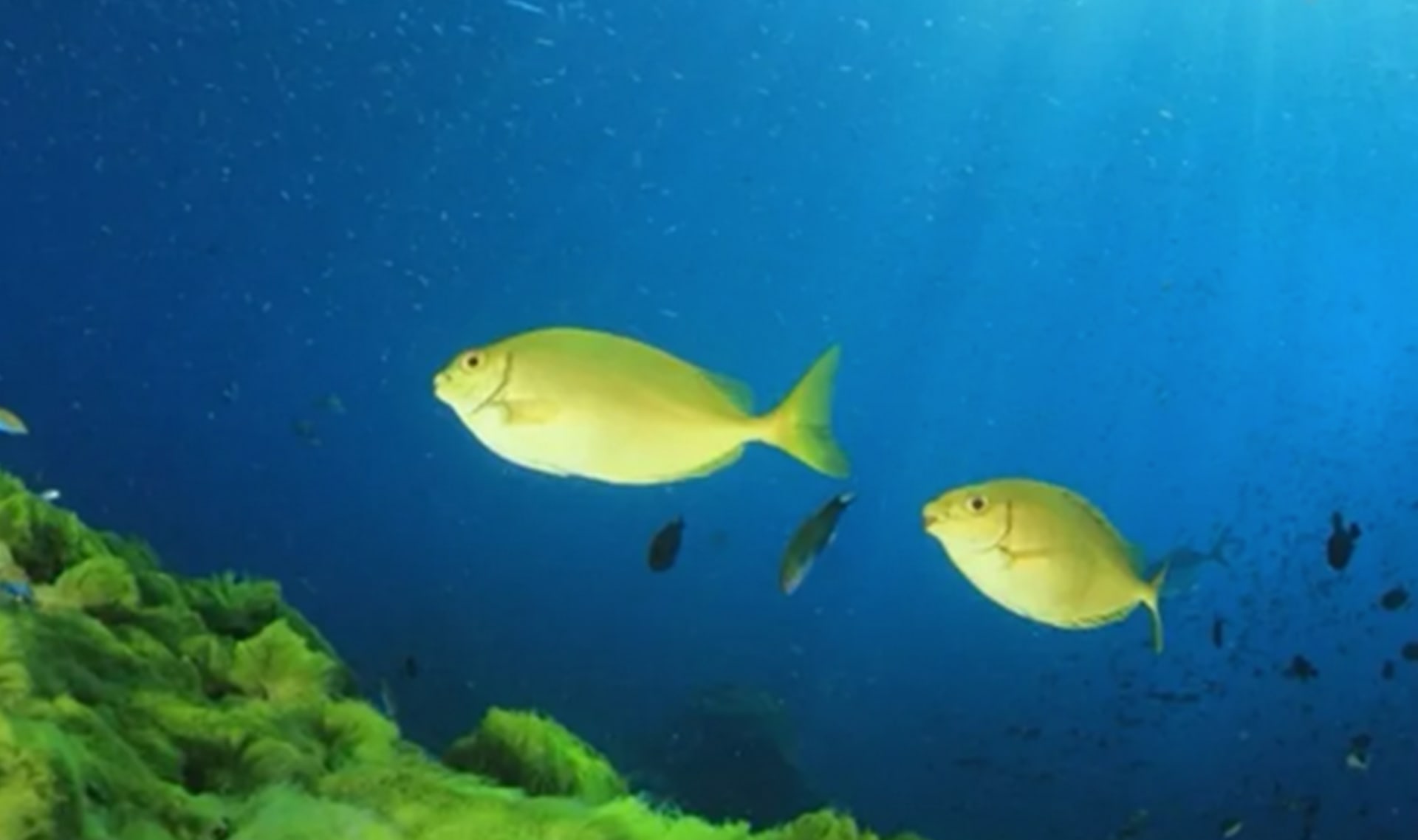
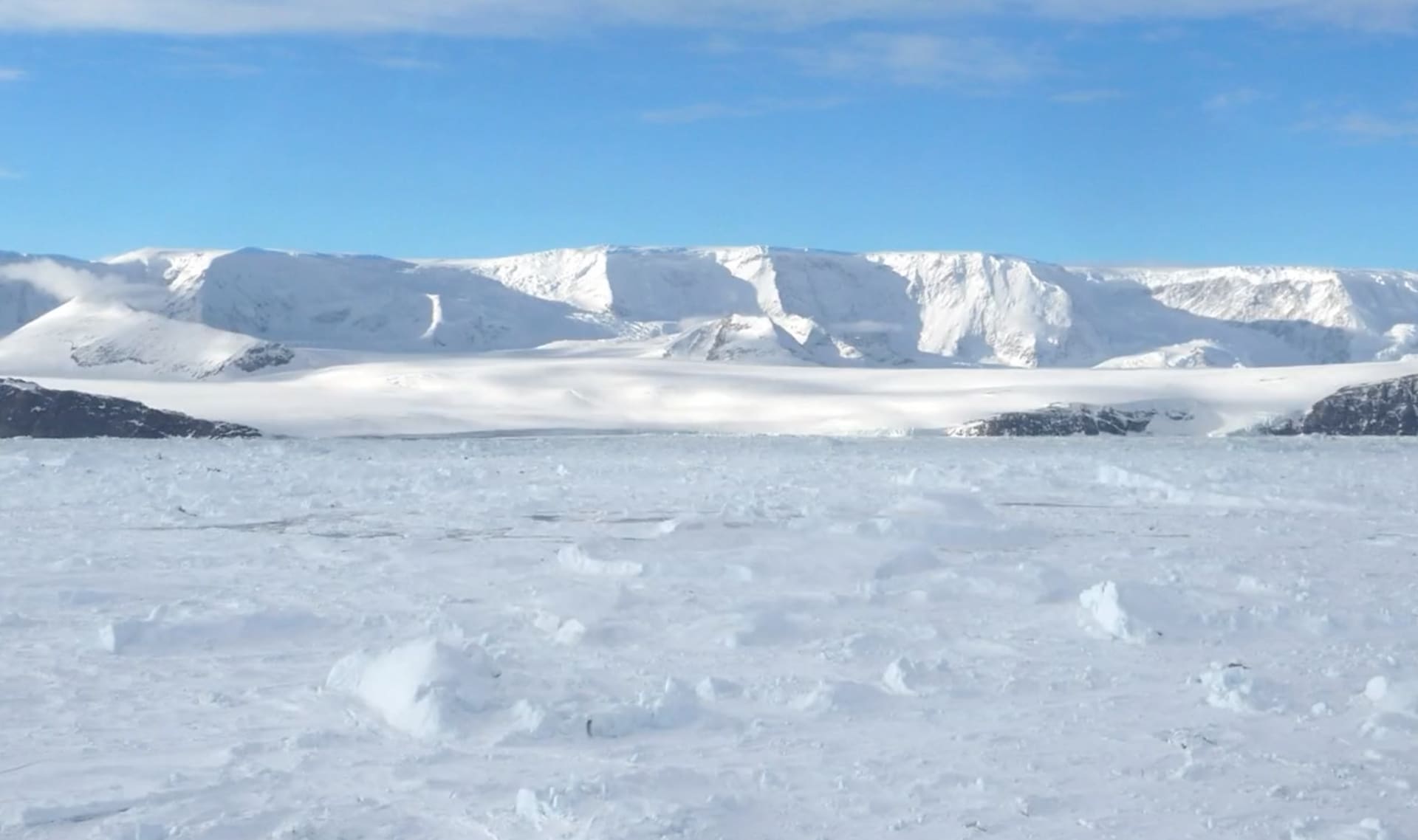

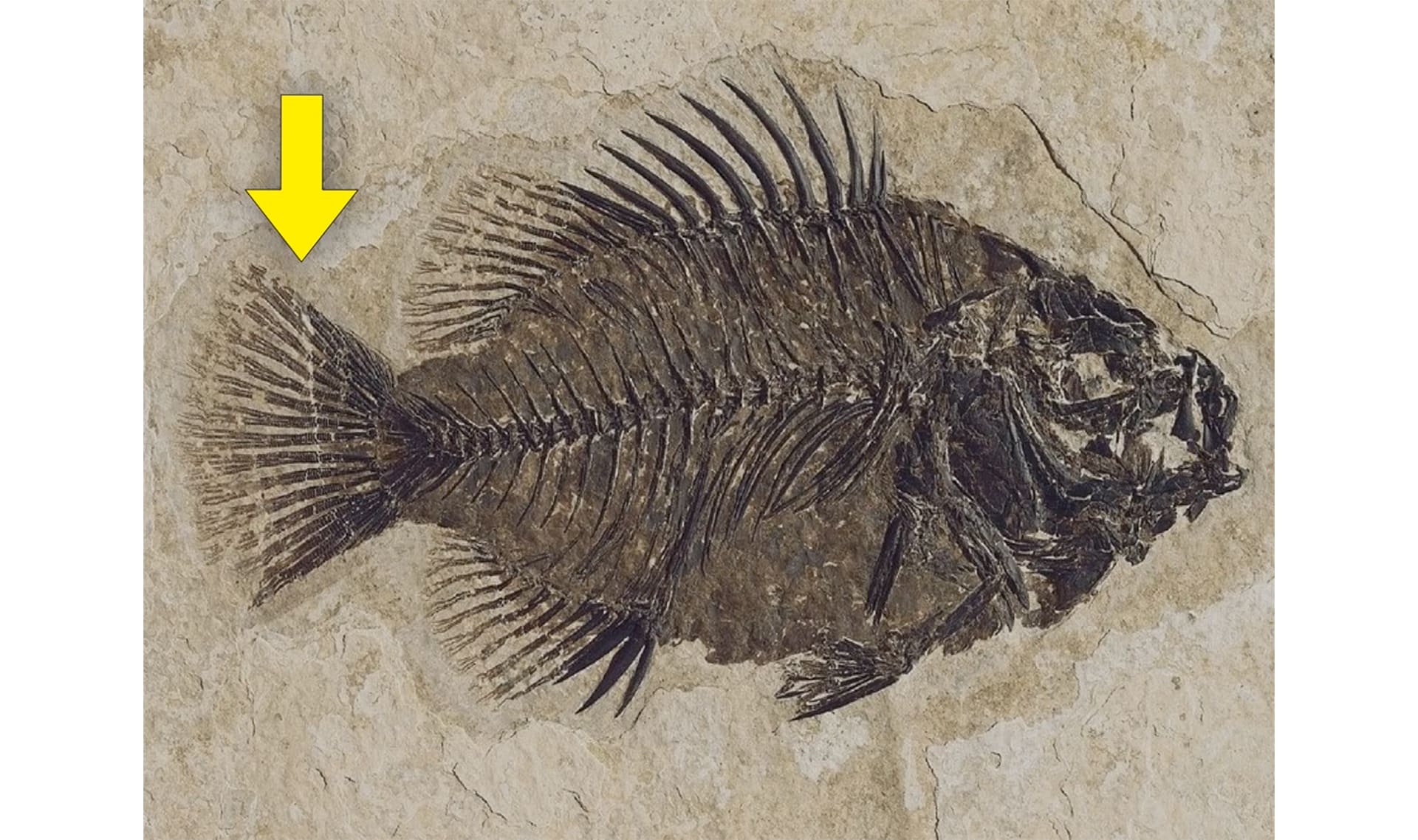
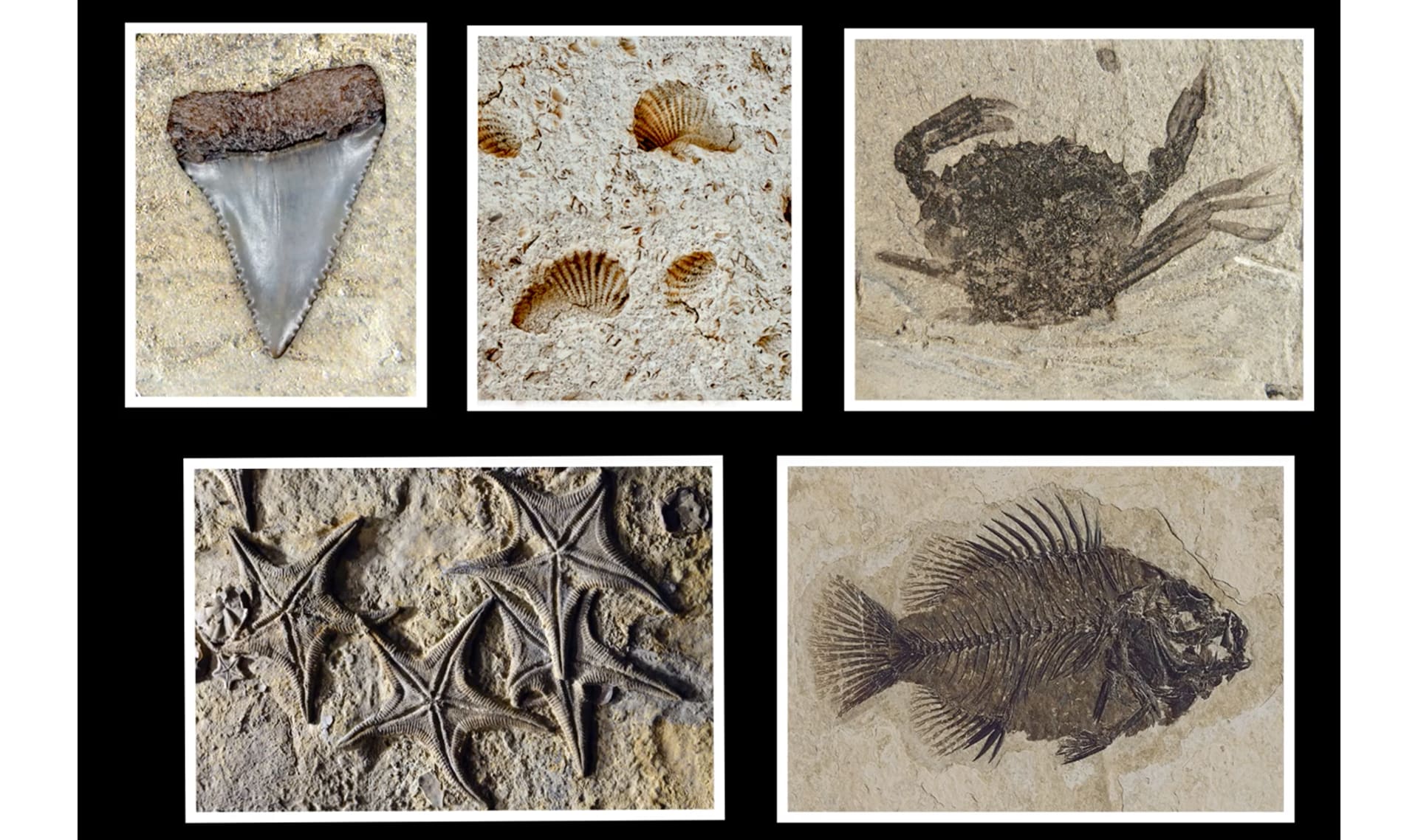

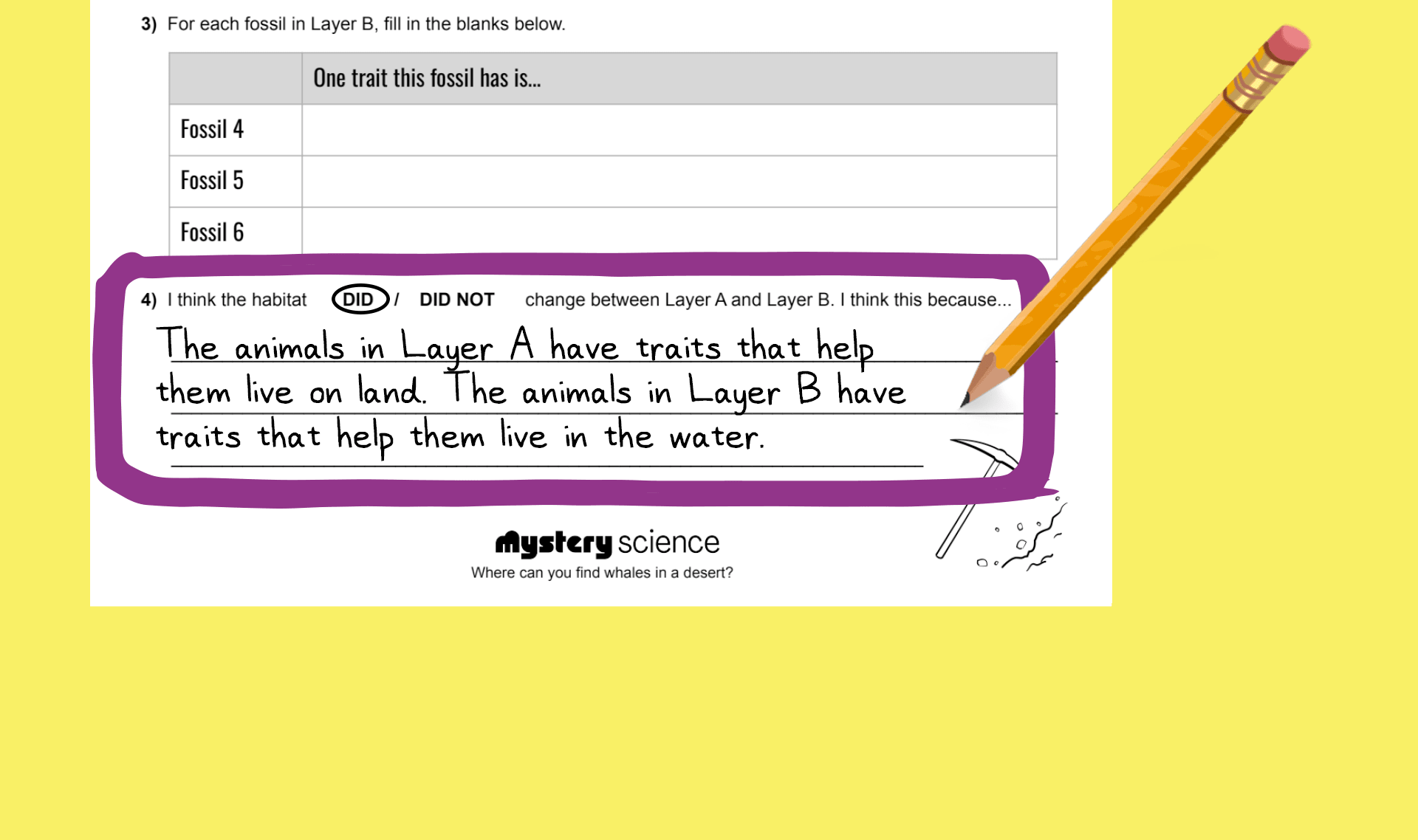
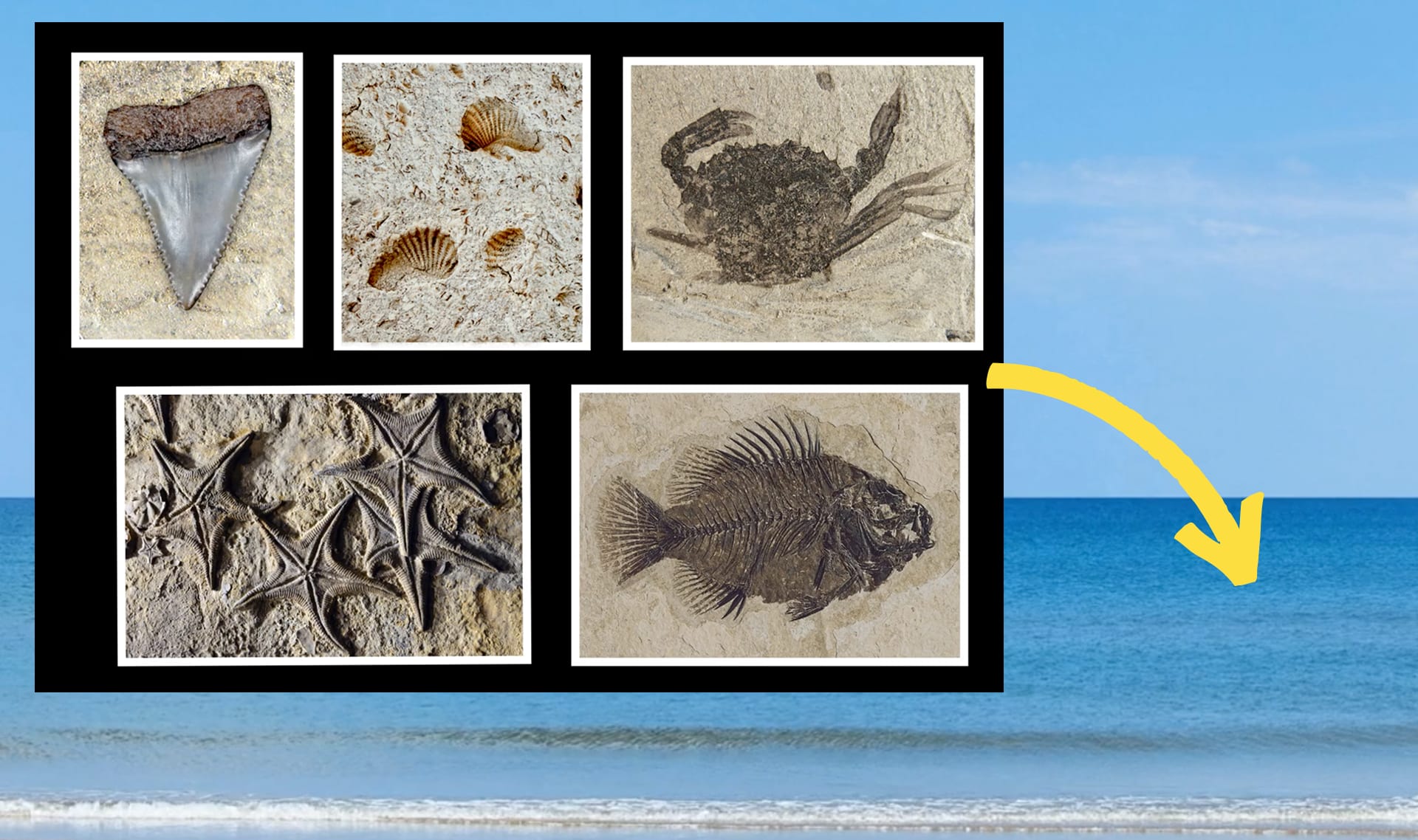
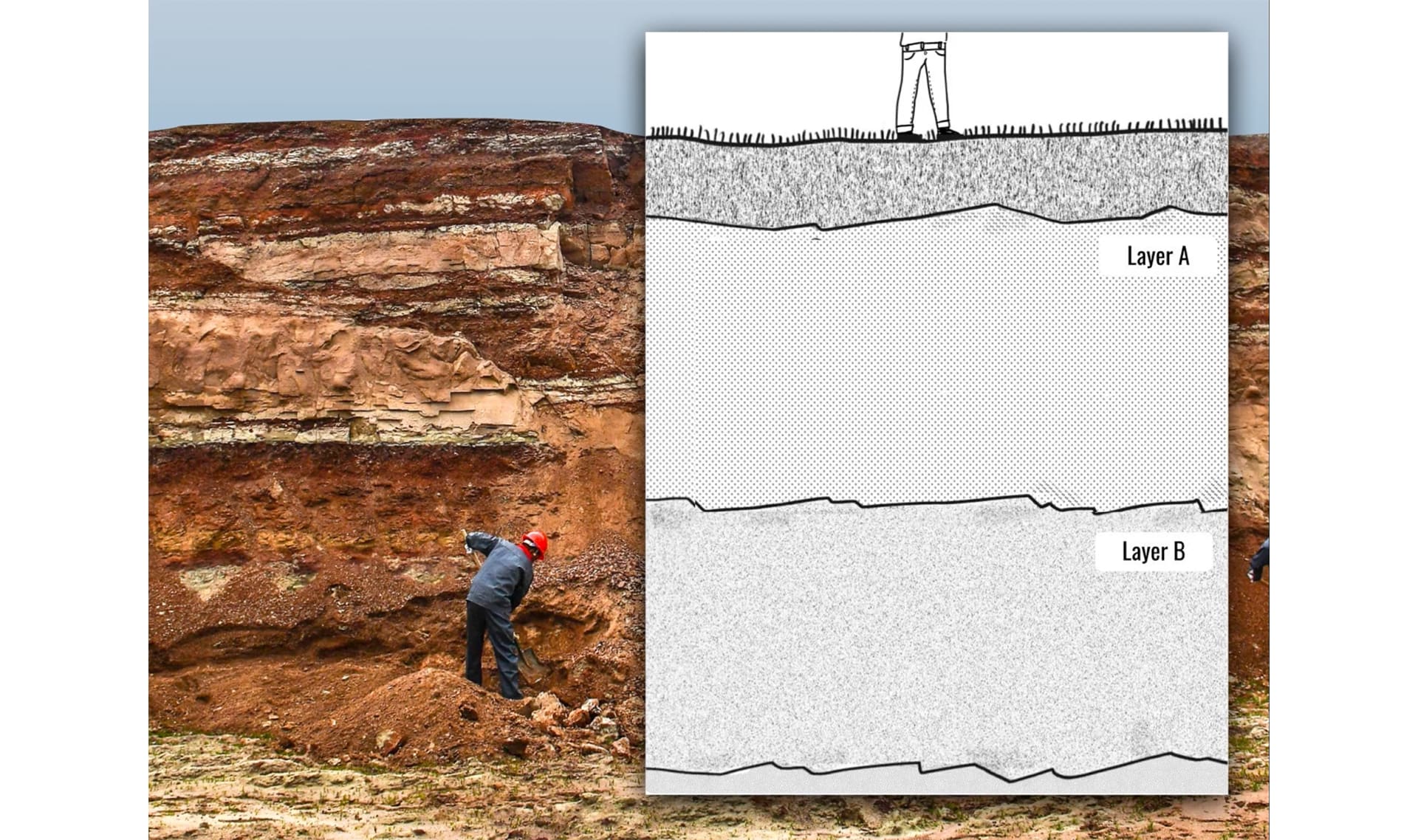
Grade 3
Fossils & Changing Environments
Habitats, Fossils, & Environments Over Time
3-LS4-1
| Fossil Dig printout | Print 30 copies |
| Fossil Dig Answer Key teacher-only resource | 1 copy |
| Fossil Dig Questions worksheet | 30 copies |
| Mystery Fossils printout | Print 15 copies |
|
Glue Sticks
|
30 glue sticks |
|
Scissors
|
30 pairs |
|
Dot Stickers
We prefer stickers because they are easier to distribute in a classroom.
Tape will also work.
|
Details
90 stickers
|
We suggest students work in pairs. Homeschool students can work on their own.
Mystery Fossils will print two per page so you may want to cut each page in half before class. Each student needs a ½ sheet for the activity.
Grade 3
Fossils & Changing Environments
Habitats, Fossils, & Environments Over Time
3-LS4-1
Thanks for your feedback! If you have a question or need help, please contact us. Please consider sharing your review:
Sorry the lesson didn’t go well. We read every single review in an effort to improve our Mysteries.
Thanks for letting us know. We’ll wait to ask you for feedback until after you've actually taught it.
Thanks for the feedback! We read every single review in an effort to improve our Mysteries.
Please follow these steps:
Locked
6:10

Why is the sky blue?
Locked
4:41

Why do we call them doughnuts?
Locked
5:16

Could a turtle live outside its shell?
Your membership is expired. The archive of past Mini Lessons is not included in your limited access.
View pricing